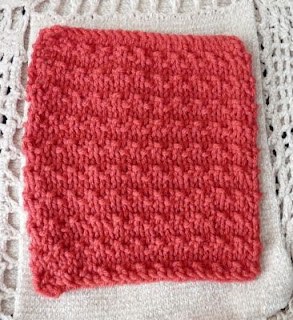
A really easy cross stitch project to create is a drawstring bag. Not only is it beautiful, but it's practical. There are so many uses for a drawstring bag. You could fill it with potpourri, you could hang it on the wall, or you could use it to hold keepsakes or jewelry.
Here's how you can make your own drawstring bag:
1) First, determine the size that you want the drawstring bag to be. Then, pick a
cross stitch pattern to stitch on the bag. Look for smaller patterns - they can go on the front of the bag or wrap around both sides.
2) Select the fabric to cross stitch on and cut to size. You will be stitching on one piece that will be folded in half, so it is important that you determine whether the pattern will go on the front only or wrap around to both the front and back. Once you have determined that, you can figure out how much fabric you will need. This is a great way to use up leftover scraps of aida fabric.
3) Once the aida cloth has been cut, go ahead and cross stitch the pattern as normal.
4) Prepare a drawstring for the top of the bag. You can buy one that is already made or you can create your own. To create your own, choose 3 colours of DMC floss - either colours that you used in the pattern or ones that compliment those colours. Braid the DMC floss together. Remember to use all 6 strands of DMC floss for each colour. The length of the floss should be twice as long as the fabric at the top of the drawstring bag, where the drawstring will be placed.
5) Now you are ready to attach the drawstring to the bag. Place the drawstring near the top of the bag on the wrong side. Turn the top of the bag over the braid and temporarily hold it in place with safety pins. Stitch the folded aida cloth in place by stitching little "x's" every few squares. If you like, try creating a pattern with your stitches.
6) The last step is to sew the drawstring bag together. First, fold the drawstring bag in half, with the wrong side showing out. The two sides should match up and the drawstring should be at the top. Starting from the top, backstitch the two sides together and continue until the bottom half is sew together. Be careful to leave about four to five squares on the outside of the stitch, so that the stitches won’t come loose and fall out. Once all the sides have been sewn together, except for the top of course, simply turn the bag inside out and you are done. It’s as simple as that!
If you liked this project, you can find more
FREE Project Ideas on my website. Try them out and leave a comment on my blog - I'd love to hear from you!

















